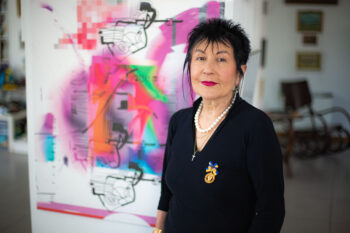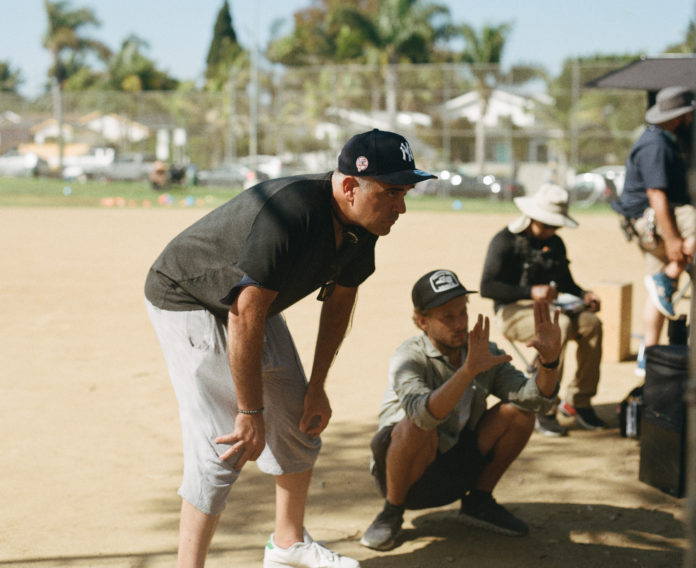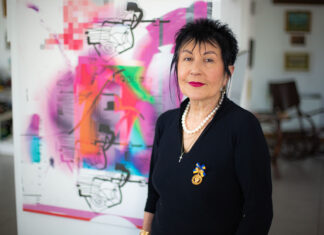LOS ANGELES — “I always wanted to tell stories about LA in an honest way,” movie director Eric Nazarian continues the conversation about his new movie, “Die Like a Man,” when we finally meet in person after many telephone calls and text messages. After shooting the movie in July, Eric was incessantly traveling between Guadalajara, Mexico and Los Angeles operating the post-production process with Luis Guillermo Navarro and Paco Navarro, with whom he had worked before on the movie about the TUMO Center for Creative Technologies in Yerevan and the animated movie “Aurora.”
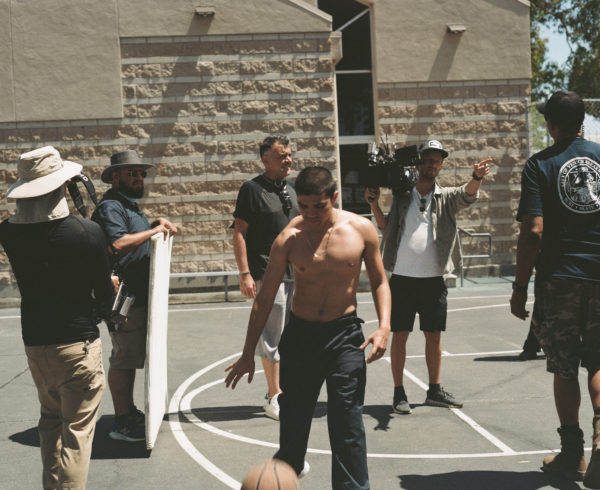
“‘Die Like a Man’ is a global film set in the heart of LA. It’s a movie about urban naturalism that I haven’t seen much before. I wanted to make a film about the lived-in, faded corners of LA, the underrepresented, kind of ‘Third World of LA,’ the city with all these pastel colored, crooked asphalt streets, and spray-paint rusted backyards, the lived-in, older LA,” Eric says, drawing a vivid picture before the actual movie reaches the big screen in 2022.
It tells the story of a young boy who desperately wants to impress his mentor, a leader of a gang that he is involved in. On the other side is his mother, who is trying to keep her son off the streets. In a way, this is a big “civil war” between his mentor and his mom.
The motivation for the movie came when Nazarian saw a boy on a bicycle with a gun in his backpack. With his film, Nazarian strives to show another picture of Los Angeles, mostly unseen and often demonized. Cinema of the street is how he classifies his work. He asks: “Why do boys have to shed blood to be considered men? Why is it that we live in a globalized society of machismo where guns and violence, military and gangsters and tough guys are always in the forefront of our consciousness, but the mothers and people who suffer, the people who have been the victims of the excessive toxic machismo, fall by the wayside?”
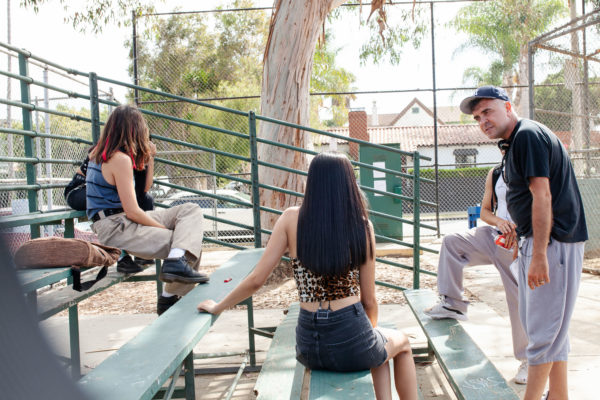
He tries to find the answers through his art.
Even though the cast and crew are truly international — from Mexico, Los Angeles, Trinidad and Poland — the characters are based on people that Nazarian has known during his childhood and adolescent years. “I am part of every single character,” he says, adding: “I am so so proud and grateful to my magnificent actors Miguel Angel Garcia, Cory Hardrict, Mariel Molino, Frankie Loyal and so many of our talented cast who really trusted me.”
